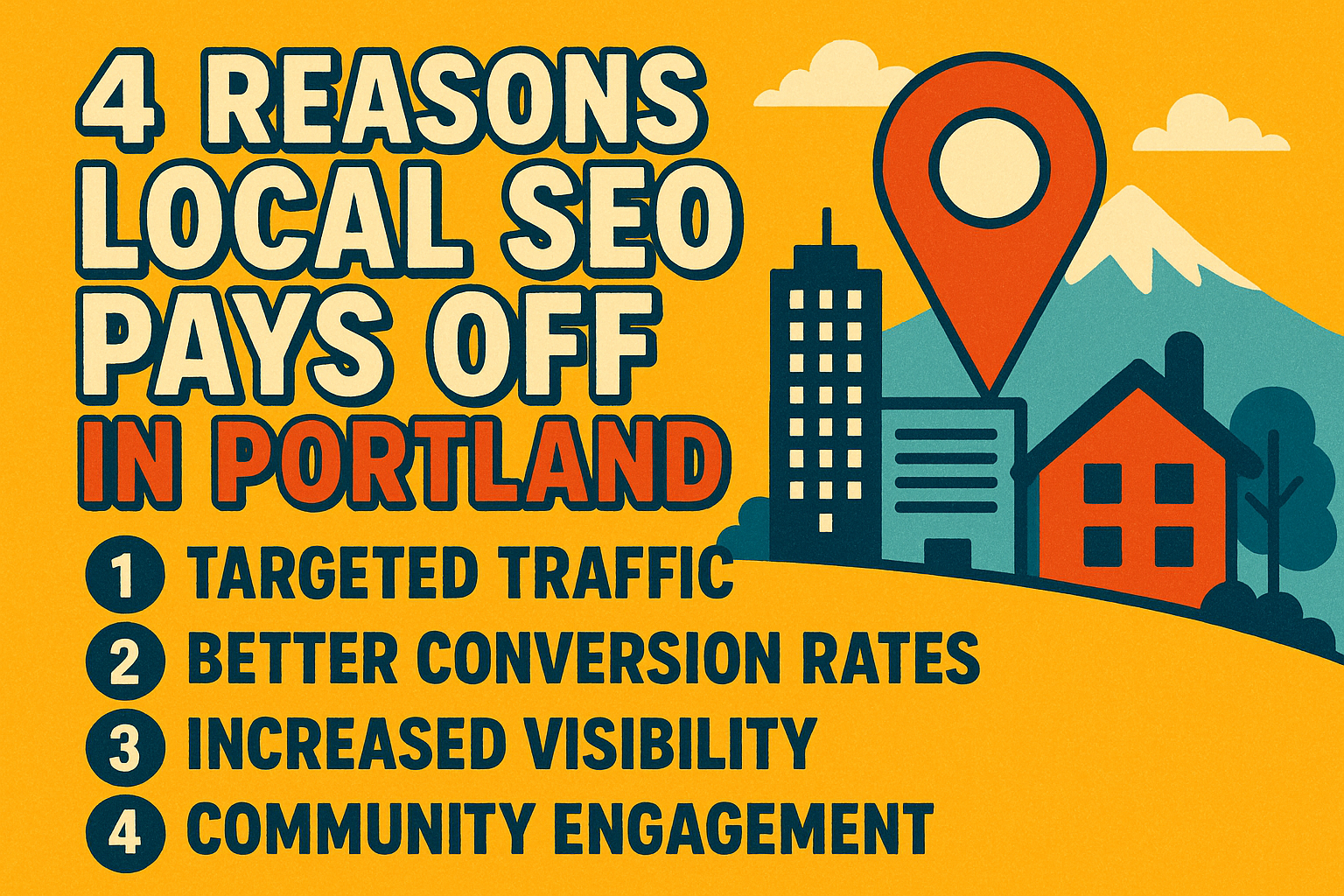Imagine walking into a store with dazzling displays and inviting aromas, but no customers in sight. That’s what your Shopify store might feel like without proper SEO strategies. Let’s dive into how you can change that.
Understanding SEO for Shopify
SEO, or Search Engine Optimization, is the art of making your store more visible in search engines like Google. For Shopify stores, it involves optimizing product listings, categories, and even blog content to attract more organic traffic.
Why SEO Matters for Shopify
Think of SEO as your store’s signpost on a busy street. Without it, potential customers might walk right past. With the right techniques, you can boost your store’s visibility and drive more traffic, translating into higher sales.
Key SEO Strategies for Shopify
1. Optimize Product Titles and Descriptions
Your product titles and descriptions are not just for customers—they’re for search engines too. Use keywords naturally and ensure descriptions are informative and engaging. For instance, if you’re selling leather boots, your title might be “Handcrafted Leather Boots for Men – Durable & Stylish.”
2. Leverage Shopify Apps for SEO
Shopify offers a variety of apps to enhance your SEO game. Here are a few must-haves:
Plug in SEO: This app helps you identify SEO problems and provides solutions to fix them.
SEO Manager: Offers detailed insights and allows you to edit meta tags, keywords, and more.
Smart SEO: Generates meta tags automatically and optimizes your Shopify store without much manual effort.
Using these tools can streamline your SEO efforts and ensure you’re on the right track.
3. Utilize Keywords Effectively
Conduct keyword research to understand what your customers are searching for. Tools like Google Keyword Planner can be handy. Once you’ve identified your keywords, integrate them seamlessly into your product pages, blogs, and even image alt texts.
4. Optimize Images
Images make your store visually appealing, but they can slow down your site if not optimized. Use apps like Image Optimizer to compress images without losing quality. Also, remember to add alt texts to images; search engines can “read” these, and it helps with your SEO.
5. Improve Site Speed
A fast-loading site is crucial for both SEO and user experience. Tools like PageSpeed Insights can help you analyze your site’s speed and offer suggestions for improvement. Remember, slow sites can lead to higher bounce rates, affecting your rankings.
6. Create Quality Content
Blogging is a powerful way to engage with your audience and improve SEO. Write about topics relevant to your products and industry. For instance, if you sell skincare products, blogs about skincare routines or ingredient benefits can attract interested readers.
7. Build Backlinks
Backlinks from reputable sites can boost your store’s authority in the eyes of search engines. Consider partnerships with bloggers or influencers in your niche who can link back to your store.
8. Optimize for Mobile
With a significant portion of online shopping happening on mobile devices, ensuring your Shopify store is mobile-friendly is essential. Use Shopify’s responsive themes or a mobile optimization app to enhance the user experience on smaller screens.
Monitoring Your SEO Efforts
As you implement these strategies, it’s crucial to monitor their effectiveness. Shopify’s built-in analytics can give you insights into traffic and conversion rates. Additionally, apps like Google Analytics integrated with Shopify can provide deeper insights into customer behavior.
Final Thoughts
SEO is not a one-time task but an ongoing process. By consistently applying these best practices and utilizing the right Shopify apps, you can significantly enhance your store’s visibility and attract more potential customers.
Remember, the digital landscape is ever-evolving. Stay updated with the latest SEO trends and adapt your strategies accordingly. Your Shopify store’s success might just be a few optimizations away.










